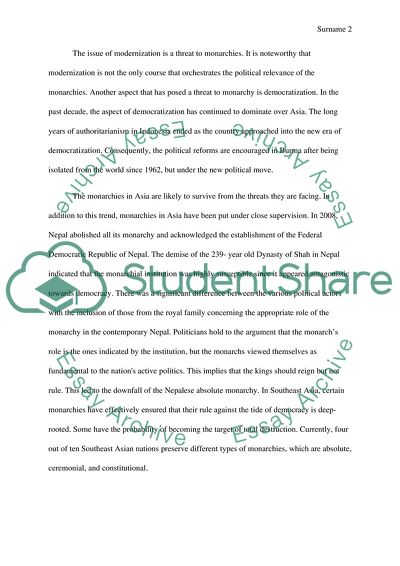Cite this document
(Monarchies in Asia Report Example | Topics and Well Written Essays - 1750 words, n.d.)
Monarchies in Asia Report Example | Topics and Well Written Essays - 1750 words. https://studentshare.org/history/1810758-asian-history
Monarchies in Asia Report Example | Topics and Well Written Essays - 1750 words. https://studentshare.org/history/1810758-asian-history
(Monarchies in Asia Report Example | Topics and Well Written Essays - 1750 Words)
Monarchies in Asia Report Example | Topics and Well Written Essays - 1750 Words. https://studentshare.org/history/1810758-asian-history.
Monarchies in Asia Report Example | Topics and Well Written Essays - 1750 Words. https://studentshare.org/history/1810758-asian-history.
“Monarchies in Asia Report Example | Topics and Well Written Essays - 1750 Words”. https://studentshare.org/history/1810758-asian-history.


